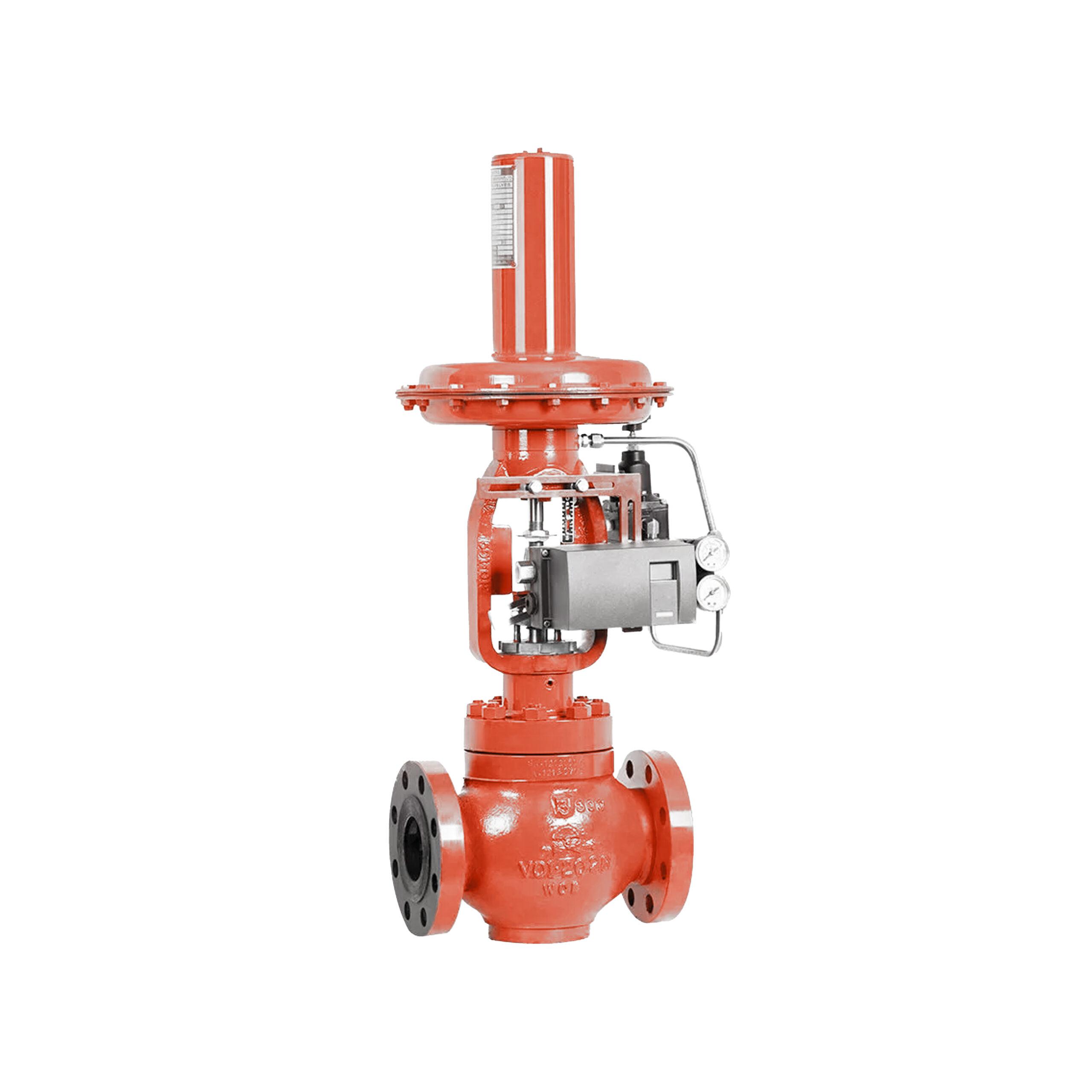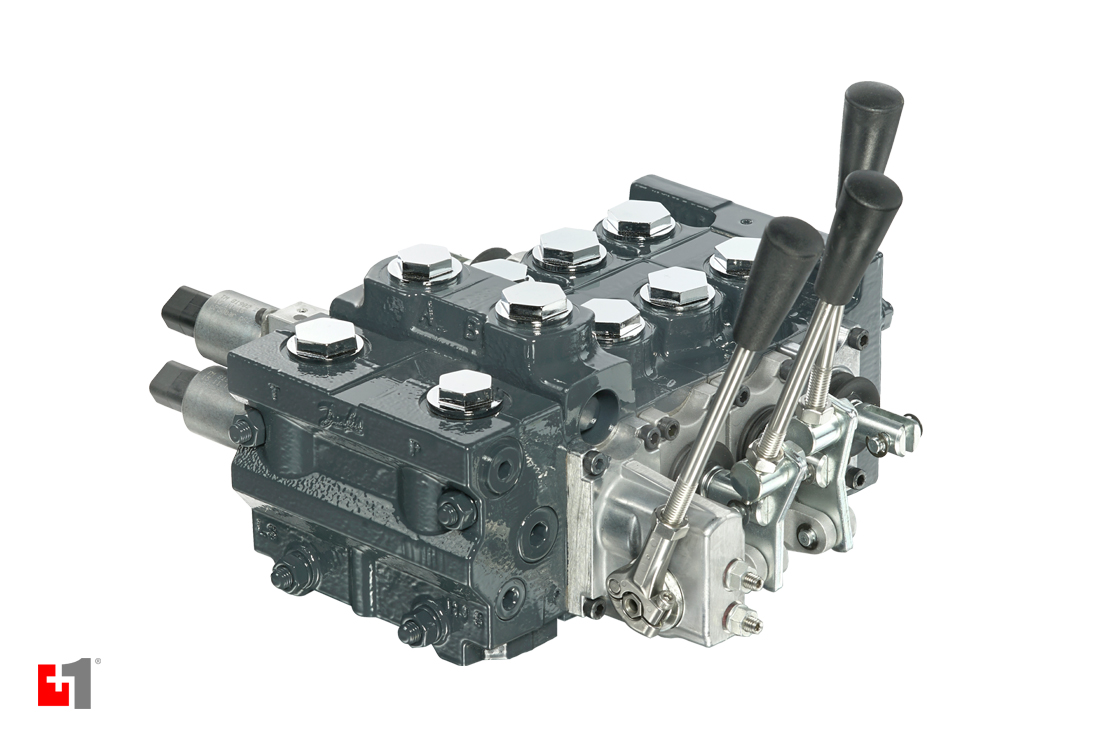Ingenious Control Valves: Enhancing Accuracy and Dependability
Ingenious Control Valves: Enhancing Accuracy and Dependability
Blog Article

Maximize Energy Savings and Comfort With Advanced Structure Automation Controls
In the realm of modern-day architecture and center administration, the combination of innovative building automation regulates stands as an essential development. By using the power of automation, buildings can adapt, react, and advance in means that were when unimaginable.
Power Effectiveness Advantages
Power efficiency benefits can substantially lower energy consumption and functional costs in buildings. By executing energy-efficient practices and innovations, building owners and operators can attain substantial savings while likewise adding to ecological sustainability. Among the primary advantages of improving energy effectiveness in buildings is the reduction of utility costs. Energy-efficient systems, such as sophisticated structure automation controls, can enhance using sources like heating, air conditioning, and lights, resulting in reduced energy costs gradually.
Furthermore, boosted power effectiveness can prolong the life expectancy of building tools and systems. By running a lot more effectively, HVAC systems, light, and various other structure components experience much less damage, leading to decreased upkeep and replacement prices. Furthermore, energy-efficient buildings commonly command greater building values and rental rates, providing long-lasting monetary benefits to owners.
In addition, power performance can enhance owner comfort and performance. Properly regulated indoor environments with optimal lighting and thermal conditions develop an even more pleasurable and conducive workspace, causing improved worker complete satisfaction and performance. Generally, the power performance benefits connected with advanced structure automation controls are complex, encompassing expense savings, environmental stewardship, and resident wellness.
Boosted Comfort Control
Enhancing comfort control in building atmospheres requires an innovative combination of advanced automation systems for optimum occupant health. By utilizing innovative building automation controls, centers can customize the indoor atmosphere to satisfy the details requirements and preferences of passengers. These systems enable accurate law of lighting, air flow, and temperature level, creating a productive and comfortable atmosphere. Resident contentment and efficiency are closely linked to thermal comfort, making it necessary to have systems in position that can adjust to transforming conditions in real-time.
By integrating these sophisticated controls, structures can not just improve comfort yet additionally boost power effectiveness by maximizing system procedures based on actual occupancy and use patterns. Inevitably, focusing on resident comfort through sophisticated automation systems leads to an extra pleasurable and healthier interior setting.
Operational Efficiency Improvements

Additionally, the application of real-time surveillance and analytics devices enables building operators to identify power inadequacies and functional anomalies quickly. By continually checking power use patterns and system performance metrics, adjustments can be made in real-time to maximize energy intake and make sure peak functional effectiveness. control valves. Additionally, integrating demand action strategies into building automation controls can additionally boost operational effectiveness by dynamically readjusting energy use based on grid conditions and pricing signals
Indoor Environment Optimization
Effective indoor environment optimization is a fundamental element of structure automation controls, ensuring occupants' comfort and health while maximizing power financial savings. By making use of innovative sensors and controls, developing automation systems can constantly keep an eye on and readjust temperature level, moisture degrees, air high quality, and air flow to develop an ideal indoor setting. Preserving regular and comfortable conditions not just improves owner contentment yet also improves productivity and overall health.
Indoor environment optimization likewise plays a crucial role in power effectiveness. By fine-tuning ventilation, heating, and air conditioning systems based upon real-time information and tenancy patterns, constructing automation controls can dramatically decrease power consumption - control valves. Carrying out methods such as demand-controlled air flow and thermal zoning can click for source aid minimize power waste while guaranteeing that each area of the building receives the essential conditioning.

Sustainable Environment Development
Building automation regulates not only optimize indoor environment conditions for energy efficiency and owner convenience but likewise lay the structure for creating a sustainable setting with tactical administration of sources and systems. By integrating sophisticated building automation modern technologies, such as sensing units, actuators, and smart software, centers can readjust and keep track of power use in real-time to reduce waste and decrease their carbon impact. These systems make it possible for predictive maintenance, determining possible problems prior to they rise and maximizing devices efficiency to improve durability and effectiveness.
Moreover, sustainable setting development extends past energy monitoring to encompass water conservation, waste decrease, and interior air quality improvement. Building automation controls can control water use, spot leakages, and make certain proper waste disposal methods, adding to total sustainability initiatives. Furthermore, by regulating and keeping track of air flow and filtering systems, these modern technologies improve occupant health and wellness and performance while lowering power consumption related to cooling and heating procedures.
Verdict
Finally, advanced structure automation regulates offer substantial advantages in terms of power financial savings, comfort control, operational performance, indoor climate optimization, and developing a sustainable setting. By implementing these controls, structures can attain ideal efficiency while decreasing power intake and boosting passenger comfort. It appears that the use of advanced automation modern technology is crucial in boosting structure performance and developing a more sustainable future.
Energy effectiveness advantages can considerably minimize power intake and functional prices in buildings. On the whole, the power efficiency advantages associated with sophisticated building automation controls are multifaceted, including price financial savings, ecological stewardship, and passenger wellness.
In addition, integrating demand feedback methods into building automation controls can even more boost functional efficiency by dynamically adjusting power use based on grid conditions and rates signals.
Building automation manages not this website just maximize indoor climate problems for energy performance and occupant convenience but also lay the foundation for producing a lasting environment via calculated administration of resources and systems.In verdict, advanced structure automation controls offer significant benefits in terms of energy cost savings, comfort control, functional efficiency, indoor climate optimization, and producing a sustainable setting.
Report this page